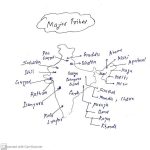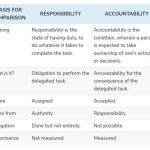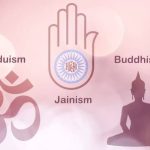
• The NGO Pratham has been putting out the Annual Status of Education Report (ASER) every two years since 2005.
• The Annual Status of Education Report (ASER) is a citizen-led household survey that is done in 616 rural districts and includes 6.9 lakh children ages 3 to 16. It gives national estimates of how many children are in school and how well they can read and do maths.
• The ASER study looks at how many children in rural India are in school and what they know about the basics. It covers the whole country. It used to come out once a year, but since 2016, it comes out every two years.
• ASER is run by Pratham, which is a non-government group.
• ASER is a study of households, not schools, which is different from most other large-scale learning tests.This plan makes it possible for all children to take part, including those who have never been to school or have dropped out, as well as those who are in public schools, private schools, religious schools, or anywhere else.
ASER 2022 is an annual report on the state of education.
• More people are going to school, even though some schools have been closed for a long time. Enrollment in schools across the country has gone up at all levels, and 98.4% of children ages 6 to 14 are currently in school. In 2018, the number was 97.2%.
• The number of girls in school has gone up, and the number of girls not in school has gone down across all age groups. This share fell from 4.1% in 2018 to 2% in 2022 for girls ages 11 to 14.
• Learning levels are going down. Between 2014 and 2018, reading and maths skills were getting better, but learning levels were going up slowly. For example, the number of Class 3 students who could read a Class 2 novel went from 23.6% in 2014 to 27.2% in 2018, and the number who could at least do subtraction went from 25.3% to 28.2%.
But in 2022, children in Class 3 were less likely to be able to read at a basic level than they were in 2018. Also, the number of children in Class 3 who could do at least subtraction dropped to 25.9% in 2022.
Obviously, the pandemic has led to a loss of knowledge. But the loss is much bigger when it comes to reading than when it comes to maths.
• More kids are paying for private lessons: A small but steady rise in the number of kids who take solo lessons. This number went up even more from 2018 to 2022, from 26.4% to 30.5%.
Bihar and Jharkhand are high-tuition states. In 2022, 70% of children in Bihar and 45% of children in Jharkhand will be taking tuition, while only 10% of children in Himachal Pradesh and 15% of children in Maharashtra will be taking tuition.
Enrollment in government schools: From 65% in 2018 to 71.7% in 2022, the number of 11–14-year-olds who go to government schools has gone up.
Several things can be blamed for this, such as the loss of jobs and the closing of low-cost private schools in rural areas during the pandemic.
• Nearly 80% of the schools said they had been given rules and that their teachers had been trained.
• The study said that the Anganwadi system and the school system need to work together right away to improve learning for everyone.
















